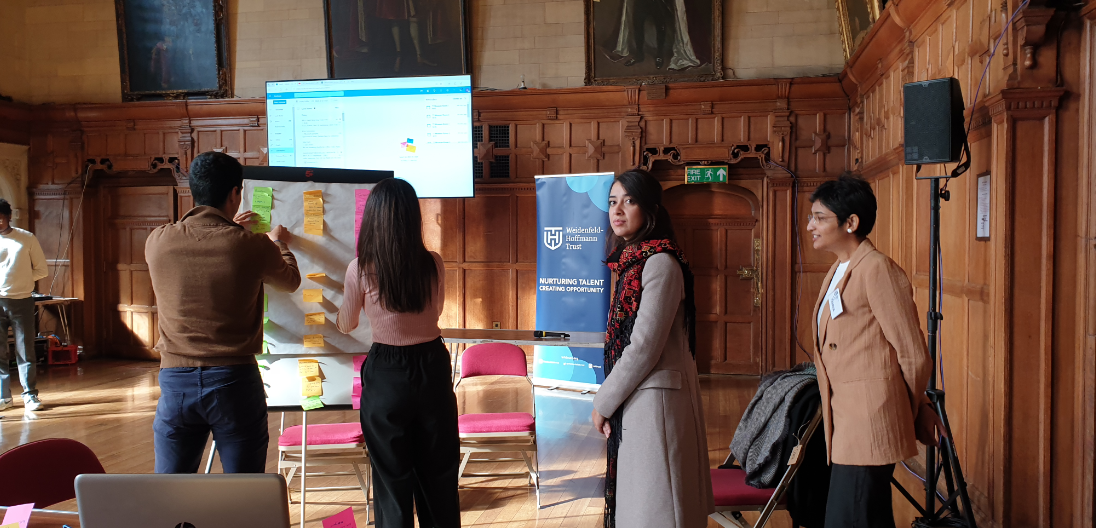Learning the ‘How’ of Enterprises
“If a paragraph has more than five to six sentences, then it’s not an English paragraph.” These are words that my course’s English tutor remarked last week as we were having a session on academic writing.
What does an English writing seminar in an MSc in International Health course have to do with the WHT program broadly, and entrepreneurship specifically? While the content of the English class has very little to do with it, what it did remind me of was the importance of thinking about mindsets. The more time that I have spent in my course, thinking about paradigms and frameworks in global health, the more I have started to consider the thought-processes that go into doing things. In a sense, I have come to appreciate more the value of thinking about how things are done. Not just the how, but the why behind it and the process of moving from wanting to do something to actually doing it.
In the words of my English lecturer, I have come to appreciate that one does not merely just write an English paragraph without knowing how to write one. There is a method. There is an approach that can be learned and applied. In this view, learning how to write a paragraph is essentially what the Enterprise Challenge to date has felt like. Sometimes it’s new and other times it feels familiar and intuitive, but learning the “how” behind entrepreneurship is a vital step to doing it well.
So far in the term, we have moved at lightning speed down the path of the entrepreneurship model. At a high-level, the material we have covered has taught us how to go about identifying the needs we want to address, to thinking about how to break down ventures/ ideas in a business model canvas, to most recently thinking about what a “pitch deck” is and how we can go about communicating our solutions to others. We have moved along the entrepreneurship “method” conveyer belt and now we are putting the pieces together for Pitch Day coming in a few weeks.
While we have been taught the methods in a logical and sequential manner, the practice of these skills is hardly linear. It is circular (read iterative) and much like a drunken walk (link). In just Michealmas term alone, I have seen my colleagues and their ideas go through “pivots” and “iterations” and “testing assumptions.” Some ideas have been discarded and others have kept their forms but changed in substance. These metamorphoses are messy, inescapable and necessary, yet that is what makes entrepreneurship so effective and beautiful. It is in the iterative process that ideas are refined and polished and take the form that best fits the needs people have.
I am excited for Pitch Day, because our ideas are coming together. The paragraphs are fast becoming solid drafts and I am excited to see them all in just a few weeks.


